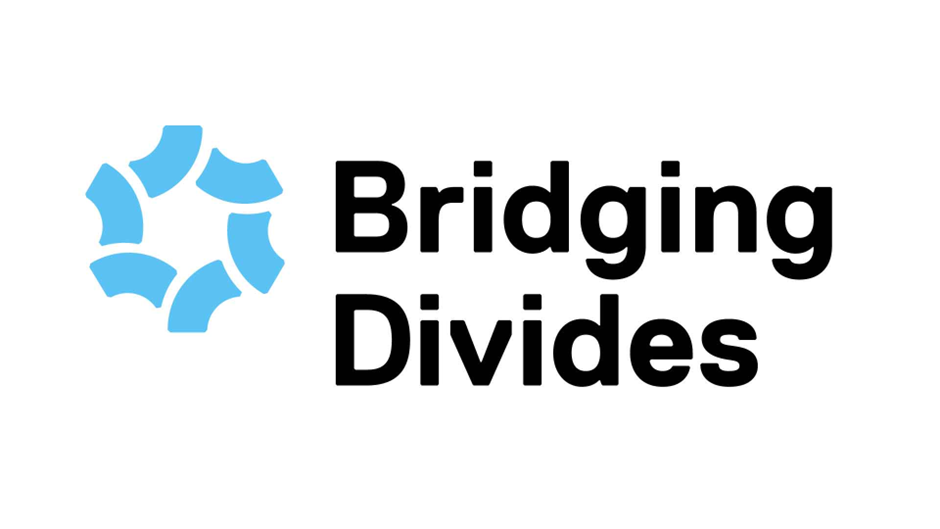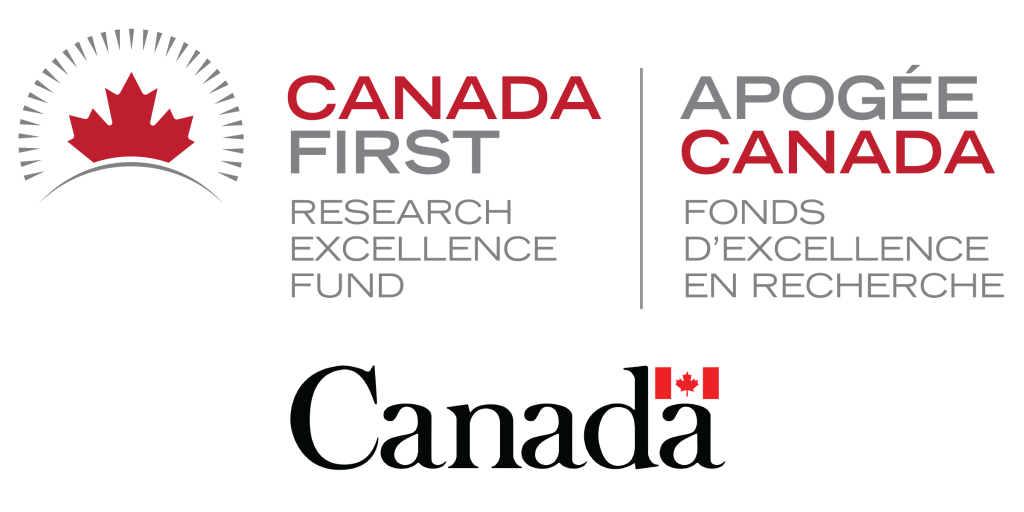The Migrant Integration in the Mid-21st Century: Bridging Divides
The Migrant Integration in the Mid-21st Century: Bridging Divides research program is dedicated to building a new understanding of the challenges and opportunities that migrant integration poses for Canada (and all countries) locally and across borders. The program’s unique interdisciplinary research design will drive leadership in the areas of citizenship and civic participation, the future of work, healthcare, and the responsible and ethical use of advanced technologies, including artificial intelligence, which is changing the way we work, live and interact. This intersectional approach will further the modernization of global immigration policies and contribute to building communities and urban centres that are equitable, resilient and inclusive to migrants. The program will focus on the urban context, including both large urban centres and small- and mid-sized cities, as these are the main destinations of both newcomers and settled immigrants. This program is funded by the Government of Canada through the Canada First Research Excellence Fund (CFREF).



The program is organised in four Thematic Research Streams (TRS): Health and Well-Being; Employment and Lifelong Learning; Place and Infrastructure; and Citizenship and Participation.
PLACE AND INFRASTRUCTURE
ABOUT THE THEMATIC RESEARCH STREAM (TRS3)
In this theme we consider immigrants as active agents of place-making. A place is where people co-create the material and cultural conditions of/within a close geographical locale (Escobar, 2001) and immigrants actively contribute to place-making as they settle, including through their transnational connections (Faist et al., 2013).‘Place’ and ‘placemaking’ involve complex, dynamic, and multifaceted processes that capitalize on a community’s stories, assets, and collaborative spirit (Zhuang, 2019, 2021, forthcoming). It is considered a process of enhancing the environment to meet the needs of the community as defined by its citizens, involving “multiple interrelated dimensions (physical, cultural, social, economic, and political)” (Schuch & Wang 2015, p. 218). For instance, an ethnic enclave in a city is a typical example of immigrants’ place-making where ethnics can feel at ease in finding roots in the host country (Kobayashi et al., 2011; Qadeer & Kumar, 2006). Whether a community is welcoming immigrants, as advocated by Canadian federal policy, is based on its capacity as a place to attract, support, and retain immigrants who can access public resources to support their settlement, nurture meaningful social interaction with local residents, and identify with and feel they belong to.
The design and development of infrastructure that shapes how public resources are allocated involve multiple layers of stakeholders. However, often these stakeholders are hierarchically positioned and operate in silos, both vertically and horizontally. This generates what public policy scholars call “wicked problems” (Rittel & Webber, 1973; Ferlie et al., 2011), creating institutional barriers for people to access the public resources they need. Moreover, infrastructure planning, design, and operations involve a variety of stakeholders, including various levels of government, industries, investment institutes, not-for-profits, and residents (Farooq, 2011). There is a need for a more active role of immigrant groups in the infrastructure decision-making processes connecting effectively the social and cyber-physical infrastructures of a community. The lack of effective civic engagement will not only ignore immigrant communities as important stakeholders in city building but also threaten to destroy the social infrastructure built by these communities and their ‘informal’ practices that are often not recognized by the planning and development ‘norm’ (Zhuang, 2021). Newcomers and racialized communities have specific housing, mobility, health, and other needs, which should be considered in the infrastructure decision-making process to avoid creating a sense of isolation or exclusion. This process is a complex system, where interactions and dynamics need to be explicitly modelled and incorporated for what-if? analysis.
The Place and Infrastructure theme is divided into seven interconnected sub-themes, each of which looks at a particular dimension. Each sub-theme is then divided into several projects. These projects are of varying lengths and will be completed over the course of the Bridging Divide program. The Projects under which the team is working on are listed below.
PROJECTS
- Welcoming communities and the role of religion
- Indigenous people and immigration levels
- Natural disasters and migration
- Is Immigration responsible for the current housing crisis in Canada?
- Federal-provincial/territorial immigration agreements